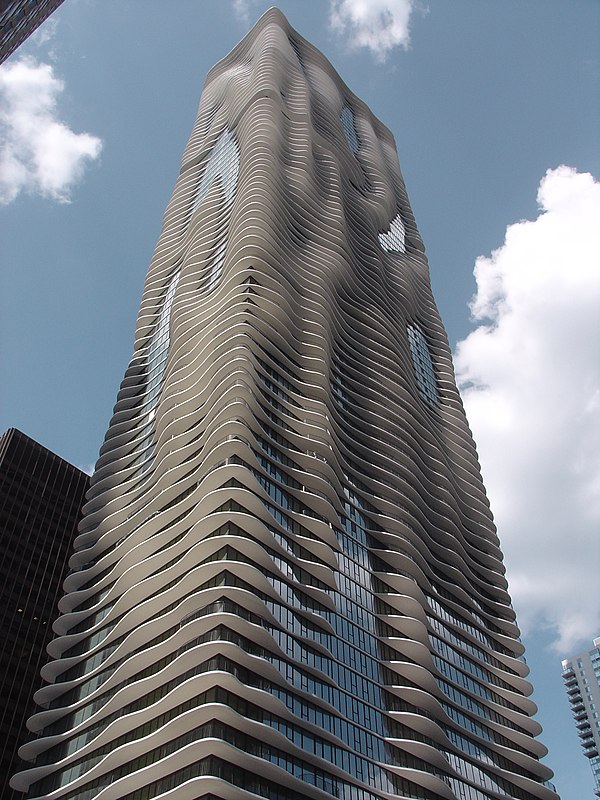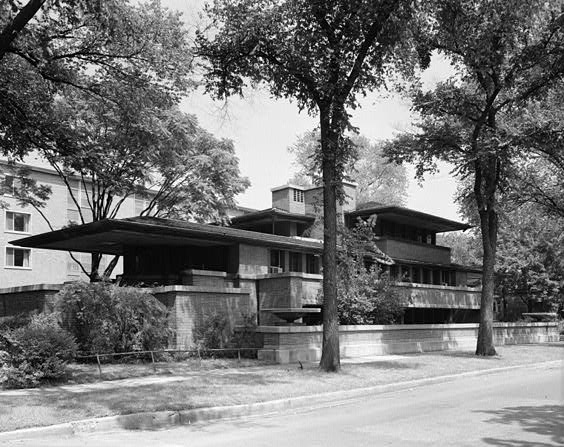Adapted from program notes by Todd E. Sullivan
Following their chamber music Grammy nomination in 2016 with Trios from Our Homelands—comprising 20th-century piano trios from each member musician’s ancestral nations—the Lincoln Trio has brought that same focus to their current Chicagoland home on their latest album, Trios from the City of Big Shoulders, released three months ago. But for the loss of the 2020 season, Ravinia audiences would have gotten a preview of the music before recording, as with the trio’s 2015 concert of the Homelands works; instead they bring a highlight from each of those collections, starting with the impassioned textures and timbres of English composer Rebecca Clarke through her deep exploration of each instrument’s capacity and character, and continuing to the Second Piano Trio by the late Chicagoan Ernst Bacon, who the New York Times called “a composer known for echoing America”—a facet amply on display through influences of marches, folksong-like melodies, and jazz rhythms throughout the music.
With the delayed gratification on September 21 comes a special highlight that adds a Chicago link both historic and contemporary. The city’s own classical label, Cedille (which issued both Homelands and Big Shoulders), commissioned suburban Wheaton-based composer Shawn E. Okpebholo to create a new work for the Lincoln Trio, and he obliged with a piano trio honoring another of Chicago’s artistic acmes beyond its musicians—its architecture. The piano trio, entitled city beautiful, receives its premiere at the concert.
Okpebholo is himself a diversely experienced and awarded artist. Currently Professor of Music Composition and Theory at the Wheaton College Conservatory of Music and on the faculty of the Fresh Ink Festival in Chicago, he’s pursued interests in film (the Buddy Baker Film Scoring Program at New York University) and ethnomusicology (field research among the Esan people of southern Nigeria, the Akambe people in the Machakos region of Kenya, and South Sudanese refugees living in northern Uganda) in addition to earning a doctorate in composition at the College-Conservatory of Music at the University of Cincinnati. Among his honors are the inaugural Leslie Adams–Robert Owens Composition Award by the African American Art Song Alliance (2017) and most recently the American Academy of Arts and Letters Walter Hinrichsen Award in Music (2021), and this year he begins a two-year residency with Chicago Opera Theater.
Of his approach to creating the new work, Okpebholo writes: “Chicago’s City Beautiful Architecture Movement of the late 19th century is a philosophy aimed at beautifying world cities, believing that it would, in part, stimulate human flourishing, quality of life, and civic integrity. city beautiful is a triptych that celebrates Chicago’s matchless architecture and is an artistic salute to three Chicago architects, their style, and a related structure.” As with his architectural models, Okpebholo employs solid structural elements—compositional techniques, that is—beneath the stylish surface of each movement.
“The first movement, aqua, is a musical depiction of Aqua Tower, an 82-story skyscraper designed by Jeanne Gang, an imaginative architect who also holds the record for the two tallest buildings designed by a woman. This modern structure was completed in 2009 and is irregular, primarily concrete, graceful, and aesthetically evokes water. These attributes are the musical foundation of this movement.” The fluid exterior of Aqua Tower finds musical parallel in the piano’s flowing interplay of hands, bringing to mind a bit of Goethe: “Music is liquid architecture; architecture is frozen music.” Hidden beneath the flowing movement is compressed canonic writing—the “theme” begins on the second note in the left hand and is echoed literally by the right hand after three eighth notes. “Light and precise” piano chords contrast with the violin and cello playing in octaves, and in a section marked “Groove, double time,” Okpebholo introduces rhythmic patterns heard across numerous forms of popular music. The streaming canonic writing and piano chords combine in new and ingenious ways before trickling back to the original tempo (“Gently, half time”).
“It is impossible to explore Chicago architecture and not reference the artistry of Frank Lloyd Wright. The second movement, prairie, is my musical interpretation of his unique contribution to the Prairie School architecture style. This movement is a chaconne associated with the Frederick C. Robie House, one of Wright’s most iconic Prairie-style designs. To me, this structure is about space, symmetry, simple complexity, and style.” The elongated horizontal lines and subtle ornamentation of the Robie House exterior inspired the repeating chaconne bass melody (linear Prairie style) and slow waltz rhythm (Arts and Crafts elegance, as in Ravinia’s own Martin Theatre), which is spread over three measures of music. A waltz phrase from the piano introduces the chaconne, which goes through nearly two dozen increasingly fleet repetitions as the higher instruments add melodic ornamentation.
“The last movement is named after architect Daniel Burnham, a staple in the Beaux Arts architecture movement. Burnham designed Chicago’s Union Station, a monumental structure that is an amalgam of neoclassicism and modernism. This movement is my artistic expression of those styles propelled by the century-old hustle and bustle that still, to this day, fills the halls of Union Station.” The violin spins a long line, reminiscent of a Baroque fugue, while the cello adds slower, hymn-like tones. Other Baroque techniques and textures—toccata, two-part invention, canon, and augmentation—enter and disappear as examples of “classical” style while the Gospel style heard in the center of the movement reflects the “modern.”





